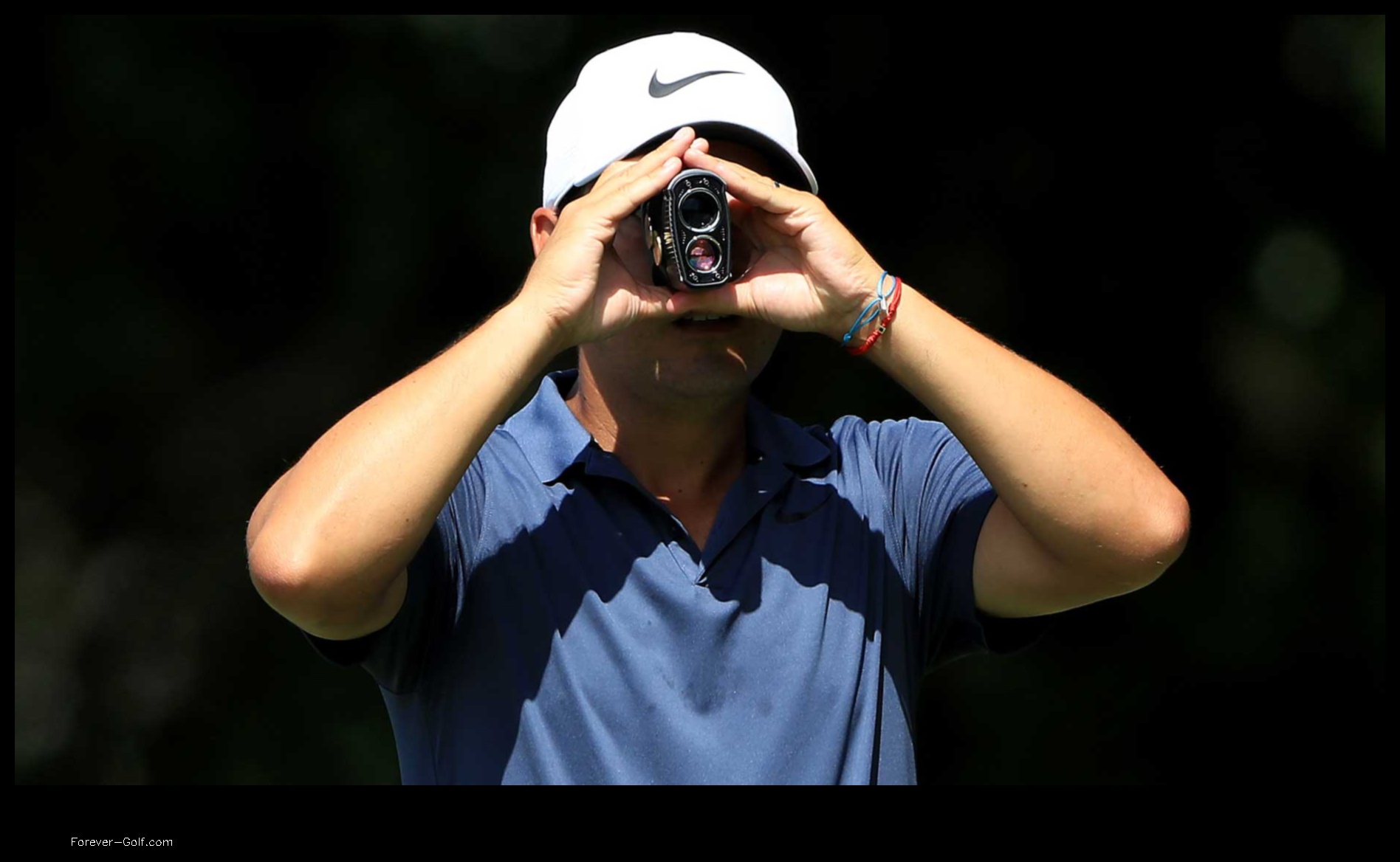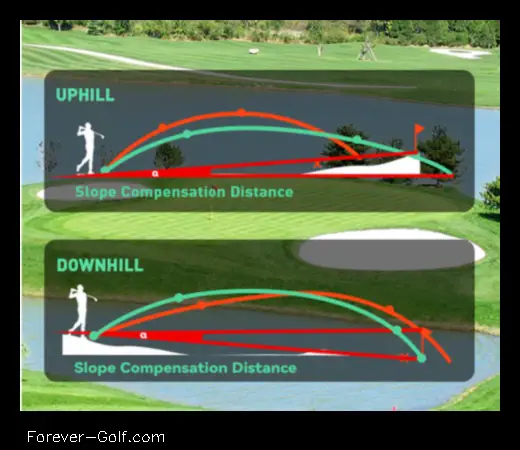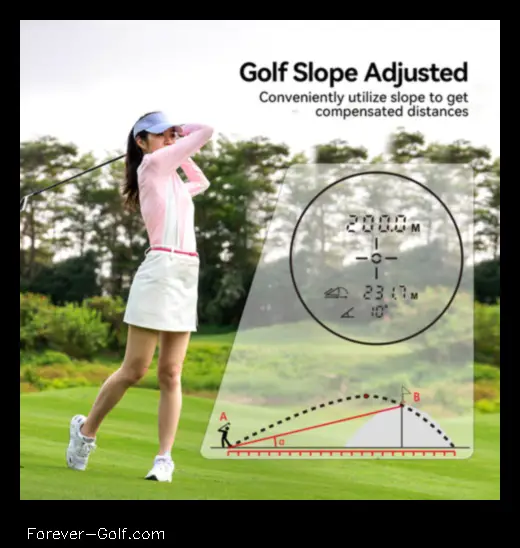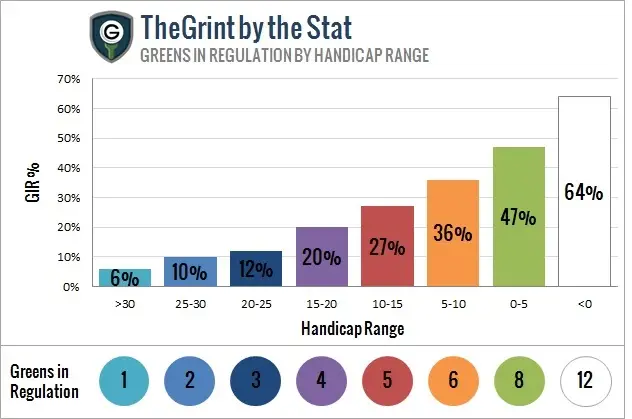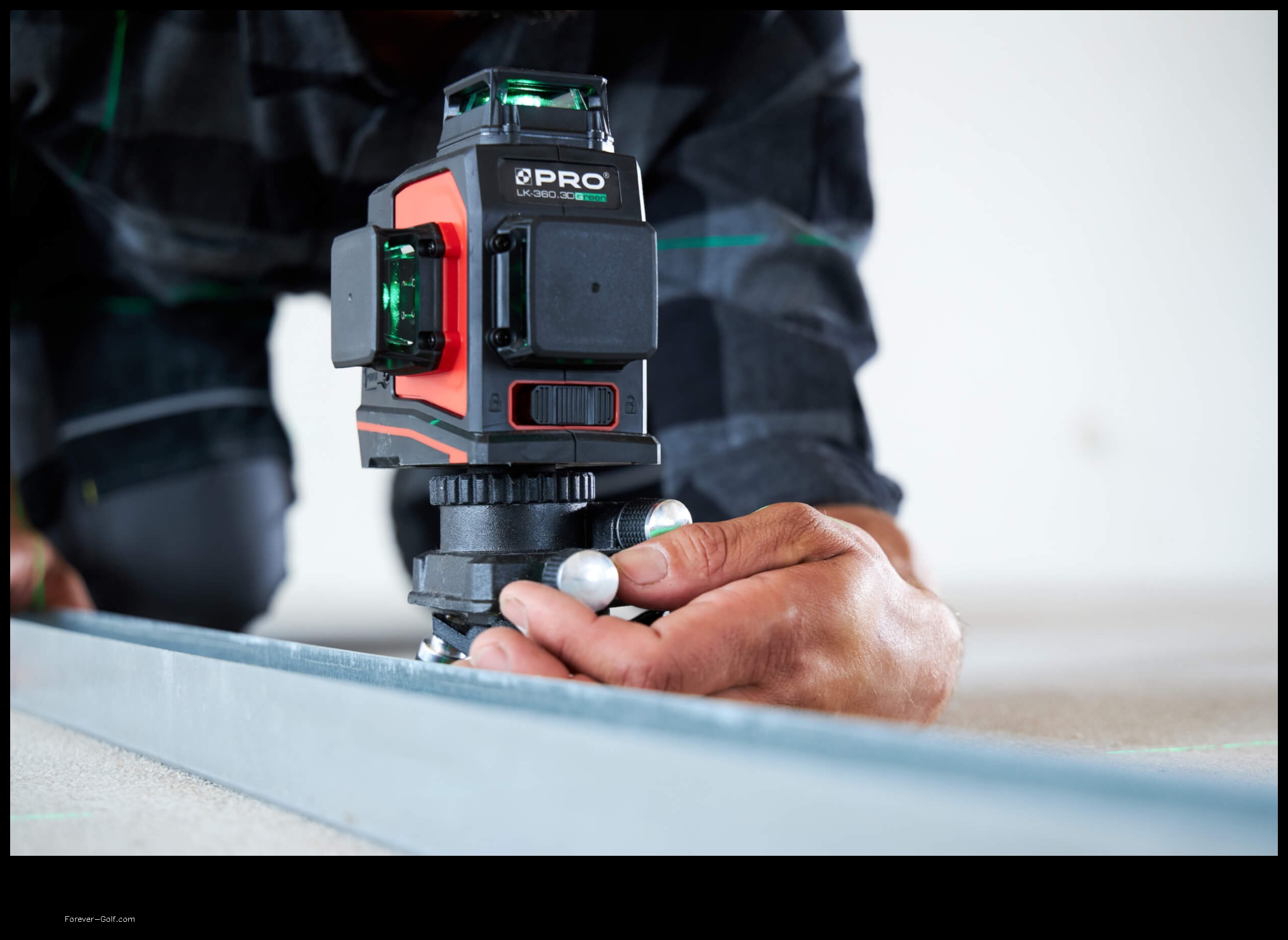
How to Use a Rangefinder
Rangefinders are devices that measure the distance to an object. They are used by hunters, surveyors, and other professionals who need to know the distance to an object in order to do their jobs.
There are two main types of rangefinders: optical rangefinders and laser rangefinders. Optical rangefinders use a telescope to view the object and measure the angle between the object and the rangefinder. Laser rangefinders use a laser beam to measure the distance to the object.
In this article, we will discuss how to use a laser rangefinder.

Parts of a Laser Rangefinder
A laser rangefinder has the following parts:
- A laser emitter
- A receiver
- A telescope
- A display
The laser emitter emits a laser beam that is reflected off of the object being measured. The receiver detects the reflected laser beam and calculates the distance to the object. The telescope is used to view the object and the display shows the distance to the object.
How to Use a Laser Rangefinder
To use a laser rangefinder, follow these steps:
- Turn on the rangefinder.
- Point the rangefinder at the object you want to measure.
- Press the trigger to fire the laser beam.
- The display will show the distance to the object.
Here are some tips for using a laser rangefinder:
- Make sure the rangefinder is turned on and that the battery is charged.
- Point the rangefinder at the object you want to measure and hold it steady.
- Press the trigger to fire the laser beam.
- Wait for the display to show the distance to the object.
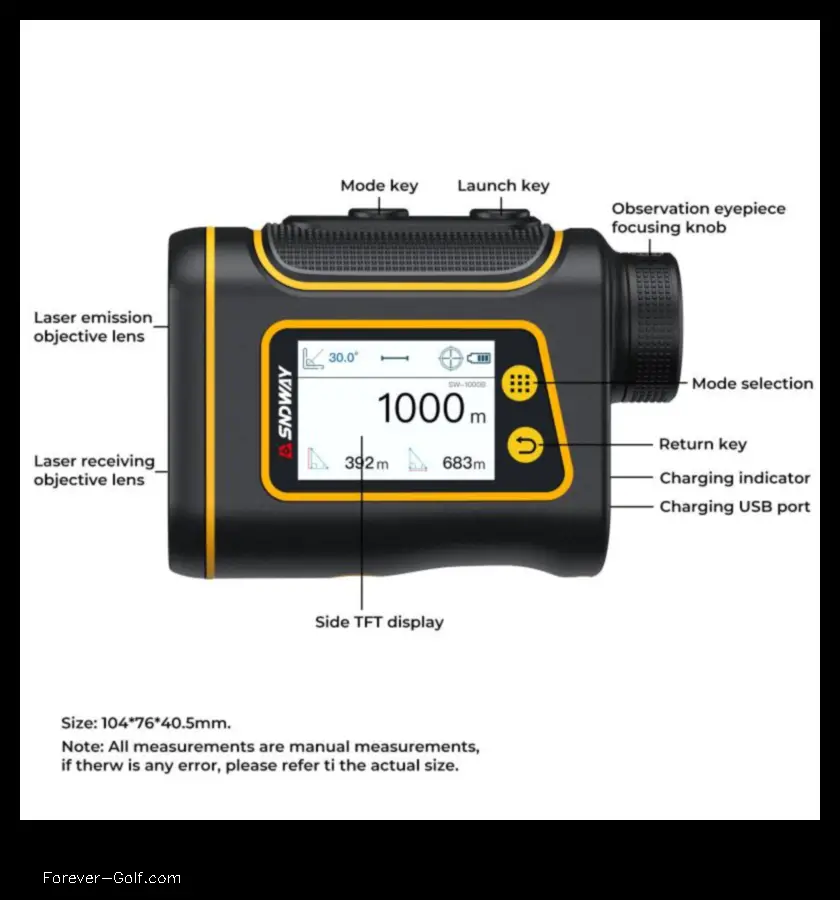
Common Mistakes When Using a Laser Rangefinder
There are a few common mistakes that people make when using a laser rangefinder. These mistakes can lead to inaccurate measurements.
- Not pointing the rangefinder at the object you want to measure.
- Not holding the rangefinder steady.
- Not pressing the trigger long enough.
- Not waiting for the display to show the distance to the object.
To avoid these mistakes, follow the tips in the previous section.
Troubleshooting Rangefinder Problems
If you are having problems with your laser rangefinder, there are a few things you can check to troubleshoot the problem.
- Make sure the rangefinder is turned on and that the battery is charged.
- Check the lens to make sure it is clean.
- Try re-zeroing the rangefinder.
- If the problem persists, contact the manufacturer of the rangefinder.
FAQ about Rangefinders
Here are some frequently asked questions about rangefinders:
- What is the difference between an optical rangefinder and a laser rangefinder?
- How do I use a laser rangefinder?
- What are the common mistakes people make when using a laser rangefinder?
- How can I troubleshoot rangefinder problems?
Conclusion
Laser rangefinders are a valuable tool for hunters, surveyors, and other professionals who need to know the distance to an object. By following the tips in this article, you can learn how to use a laser rangefinder correctly and get accurate measurements.
Resources
- Rangefinder Reviews
- Rangefinder Finder
- Rangefinder
Rangefinder Rangefinding, Distance Measurement, Optics, Hunting Features Introduction Rangefinders are optical instruments that measure the distance to an object. They are used in a variety of applications, including hunting, surveying, and construction. Parts of a Rangefinder The basic parts of a rangefinder include a lens, a prism, and a rangefinder engine. The lens gathers light from the object being measured, and the prism refracts the light so that it can be focused on the rangefinder engine. The rangefinder engine then calculates the distance to the object. How to Use a Rangefinder To use a rangefinder, you first need to sight the object you want to measure. Once you have the object in your sights, you need to press the rangefinder button. The rangefinder will then calculate the distance to the object and display it on the rangefinder’s display. Tips for Using a Rangefinder Here are a few tips for using a rangefinder: - Make sure the rangefinder is properly calibrated before using it.
- Hold the rangefinder steady when taking a measurement.
- Be aware of the rangefinder’s limitations.
II. Parts of a Rangefinder
A rangefinder is a device that measures the distance to an object. It typically consists of a lens, a prism, and a rangefinder display. The lens gathers light from the object and focuses it on the prism. The prism then reflects the light back through the lens and onto the rangefinder display. The rangefinder display shows the distance to the object in either meters or yards.
Some rangefinders also have additional features, such as a slope compensation feature, a target priority feature, and a ballistics calculator. The slope compensation feature allows the rangefinder to compensate for the effects of gravity on the bullet’s trajectory. The target priority feature allows the rangefinder to lock onto a specific target, even if there are other objects in the way. The ballistics calculator allows the rangefinder to calculate the correct holdover for a given target and range.
III. How to Use a Rangefinder
To use a rangefinder, you will need to:
- Turn on the rangefinder.
- Point the rangefinder at the object you want to measure the distance to.
- Press the button to measure the distance.
- Read the distance measurement on the display.
Here are some additional tips for using a rangefinder:
- Make sure that the rangefinder is properly calibrated before using it.
- Hold the rangefinder steady when taking a measurement.
- Avoid using the rangefinder in windy conditions.
- Use the rangefinder in conjunction with other tools, such as a map or a compass, to get the most accurate results.
IV. Tips for Using a Rangefinder
Here are some tips for using a rangefinder effectively:
- Always read the owner’s manual before using a rangefinder. This will help you understand how to operate the rangefinder correctly and get the most out of it.
- Make sure the rangefinder is properly calibrated before using it. This will ensure that the rangefinder is providing accurate measurements.
- Choose the right rangefinder for your needs. There are a variety of rangefinders available, each with its own strengths and weaknesses. Do some research to find a rangefinder that is suitable for your intended use.
- Hold the rangefinder steady when taking a reading. This will help to ensure that the rangefinder is providing an accurate measurement.
- Point the rangefinder at the object you want to measure. Make sure that the object is in the center of the rangefinder’s viewfinder.
- Press the button on the rangefinder to take a reading. The rangefinder will display the distance to the object in meters or yards.
V. Common Mistakes When Using a Rangefinder
Here are some common mistakes people make when using a rangefinder:
- Not taking into account the angle of the shot.
- Not compensating for the speed of the target.
- Using the wrong type of rangefinder for the job.
- Not reading the rangefinder correctly.
- Not understanding the limitations of the rangefinder.
To avoid these mistakes, it is important to read the owner’s manual carefully and to practice using the rangefinder in a variety of situations.
VI. Troubleshooting Rangefinder Problems
Rangefinders are precision instruments, and like all precision instruments, they can sometimes malfunction. If you are having problems with your rangefinder, here are a few things you can check:
- Make sure that the batteries are installed correctly and that they are fresh.
- Try cleaning the lens of the rangefinder with a soft cloth.
- Check the settings on the rangefinder to make sure that they are correct.
- If you are still having problems, contact the manufacturer of the rangefinder for assistance.
VII. FAQ about Rangefinders
Here are some frequently asked questions about rangefinders:
What is the difference between a laser rangefinder and a GPS rangefinder?
Laser rangefinders use a laser beam to measure the distance to an object. GPS rangefinders use the Global Positioning System (GPS) to determine the distance to an object. Laser rangefinders are typically more accurate than GPS rangefinders, but they can be more expensive.
What is the best type of rangefinder for hunting?
The best type of rangefinder for hunting depends on the type of hunting you do. If you are hunting in open country, a laser rangefinder is a good option. If you are hunting in dense vegetation, a GPS rangefinder is a better option.
How do I use a rangefinder to estimate the size of an animal?
To estimate the size of an animal, you can use the following formula:
Size (inches) = Distance (yards) x 2.54
For example, if you are 100 yards from an animal, the animal is approximately 254 inches long.
What are the advantages of using a rangefinder?
There are many advantages to using a rangefinder, including:
- Increased accuracy
- Improved safety
- Reduced hunting time
- Increased success rate
What are the disadvantages of using a rangefinder?
There are a few disadvantages to using a rangefinder, including:
- Cost
- Weight
- Battery life
How do I care for my rangefinder?
To care for your rangefinder, you should:
- Keep it clean
- Store it in a safe place
- Replace the batteries regularly
What are the different types of rangefinders?
There are two main types of rangefinders:
- Laser rangefinders
- GPS rangefinders
Laser rangefinders use a laser beam to measure the distance to an object. GPS rangefinders use the Global Positioning System (GPS) to determine the distance to an object.
What are the features of a good rangefinder?
A good rangefinder should have the following features:
- Accuracy
- Range
- Speed
- Portability
- Durability
What is the best rangefinder on the market?
There is no one-size-fits-all answer to this question, as the best rangefinder for you will depend on your individual needs and budget. However, some of the best rangefinders on the market include the following:
- Bushnell Elite 1800
- Leica Rangemaster 1600
- Nikon Laser Blaze
- Vortex Optics Ranger 1000
Conclusion
Rangefinders are an essential tool for hunters, golfers, and other outdoor enthusiasts. They can be used to measure distance, calculate speed, and improve accuracy. By understanding how to use a rangefinder, you can get the most out of this valuable tool.
Here are some tips for using a rangefinder:
- Choose the right rangefinder for your needs. There are many different types of rangefinders available, so it’s important to choose one that is suited for the activities you will be using it for.
- Read the instructions carefully before using your rangefinder. This will help you understand how to operate it properly and get the most accurate readings.
- Practice using your rangefinder in a variety of conditions. This will help you become familiar with how it works and how to get the most accurate readings.
With a little practice, you can use a rangefinder to improve your accuracy and reach new levels of success in your outdoor activities.
IX. Resources
Here are some resources that you may find helpful in learning more about rangefinders:
- How to Use a Rangefinder
- Parts of a Rangefinder
- Tips for Using a Rangefinder
- Common Mistakes When Using a Rangefinder
- Troubleshooting Rangefinder Problems
- FAQ about Rangefinders
We hope these resources help you learn more about rangefinders and how to use them effectively. If you have any other questions, please feel free to contact us.
FAQ about Rangefinders
Q: What is a rangefinder?
A: A rangefinder is an optical instrument that measures the distance to an object. It is typically used for hunting, shooting, and surveying.
Q: How does a rangefinder work?
A: There are two main types of rangefinders: laser rangefinders and optical rangefinders. Laser rangefinders emit a beam of light that reflects off the target and returns to the rangefinder. The rangefinder then calculates the distance to the target based on the speed of light. Optical rangefinders use a series of lenses to magnify the image of the target and compare it to a scale. The distance to the target is then calculated based on the size of the image.
Q: What are the different types of rangefinders?
A: There are a variety of rangefinders available on the market, each with its own unique features and benefits. Some of the most common types of rangefinders include:
- Laser rangefinders
- Optical rangefinders
- Golf rangefinders
- Hunting rangefinders
- Surveying rangefinders
Q: How do I choose the right rangefinder for me?
There are a few factors to consider when choosing a rangefinder, including:
- Your budget
- Your intended use for the rangefinder
- The features that are important to you
By considering these factors, you can choose the rangefinder that is right for you.
Latest posts by Owen Wilson (see all)- Where Was the First Topgolf in the English Language - April 5, 2024
- Topgolf Back Net Distance How Far Is It - April 5, 2024
- Top Golf Where to Find the Best Golf Experiences Outside of the U.S. - April 5, 2024
